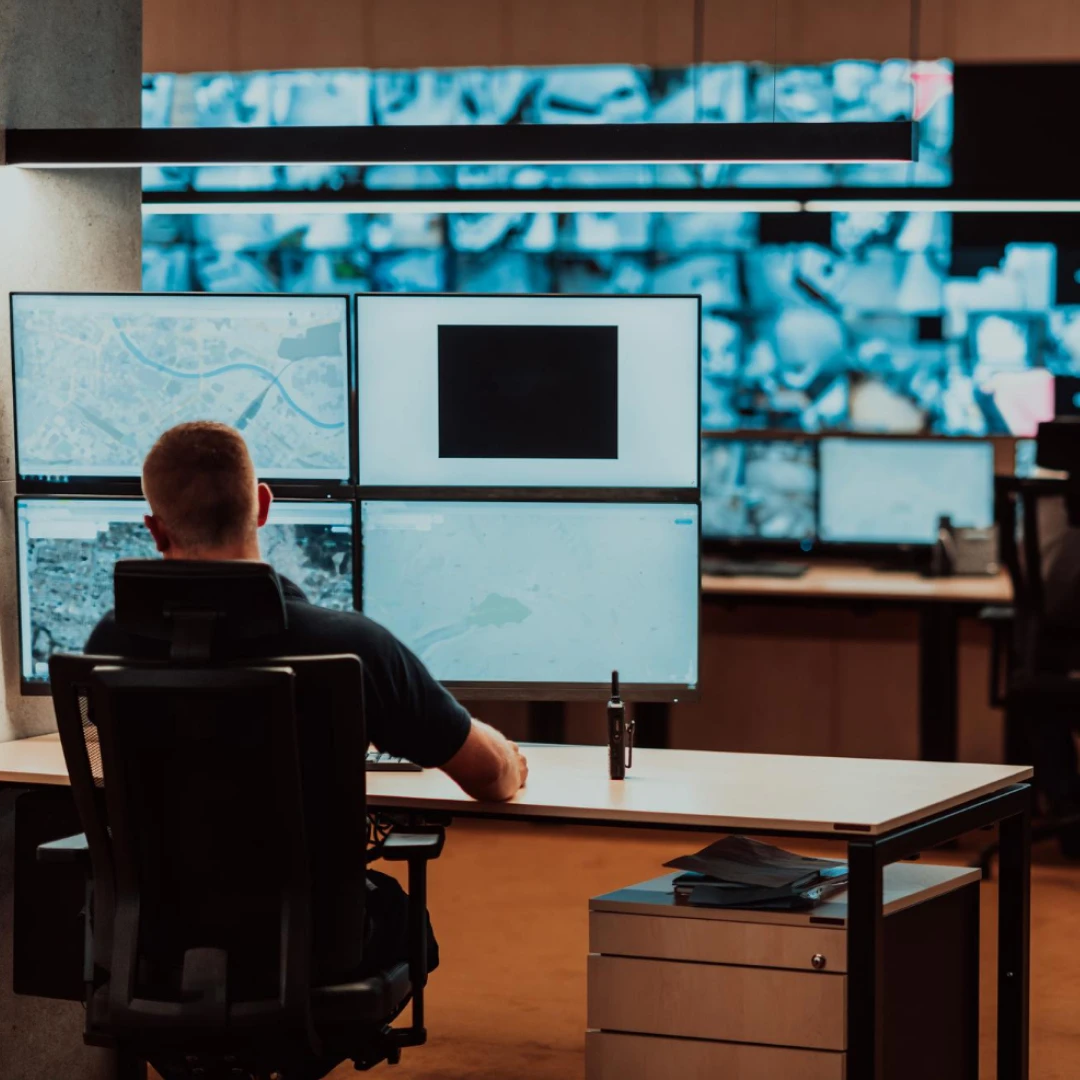How can Security Monitoring Save you Money in 2025?

How can Security Monitoring Save Money for your Business?
Security is a necessary business expense. But what if it could actually help companies save money?
Well, you are probably the bigger business expert here, but… we might know a thing about successful security systems, and how it has helped save big bucks. This isn’t based on projections and crime statistics, but stories from long-term customers in our years of building security systems.
Here are the Real costs of Traditional security
-
High Labor Costs & Human Dependency: Hiring on-site personnel could cost anywhere around $15 - $30 per hour. Additionally, you might have to train them or schedule their shifts. You must also invest in infrastructure for communication and to monitor errors.
-
Coverage Limitations & Human Errors: You can’t have the same guards monitor your property around clock, but schedule shifts. These shifts create gaps in the monitoring process, causing delayed reactions, or compromise timely detection of intruders and incidents.
-
Incident-Related Losses: Limited monitoring and potential human error often result in slower responses, increasing vulnerability to theft, vandalism, and subsequent financial damages.
-
Upgrades & Scalability Challenges: Traditional systems with all its assets and human resources are bulky and immobile. These systems require costly updates and expansion. Human intervention in these processes can lead to mistakes, further escalating costs over time.
How to make your security more efficient?
The most logical thing to do is to remove the need for all this manpower.
Think about it, the biggest cost to security is personnel. You need them to work around the clock, which means different shifts. Plus, there’s a huge scope for errors or mistakes… because we are humans after all.
But what’s to security without a person? We can’t just rely on just the cameras, can we?
This question gave rise to Remote Security Monitoring systems.
What is a Remote Security Monitoring System?
It is a system of cameras, sensors, alarms, and trained professionals that allows surveillance and monitoring from a distance. These devices are generally interconnected and operated from a central console, or a cloud-based platform; pretty much like in those bank heist movies.
But the only difference is that these systems aren’t penetrable, thanks to their multiple, thoughtfully layered security measures.
#1 Lower Labor Costs
One of the biggest advantages of remote security monitoring is the reduction in staffing expenses. By switching to a remote system, businesses can:
- Eliminate the need for 24/7 on-site security personnel
- Reduce overtime and shift-related expenses
- Lower employee training costs
- Improve workforce allocation and efficiency
These reductions in labor costs alone can significantly reduce expenses.
#2 Proactive Incident Prevention
By monitoring remotely, you are more likely to prevent security incidents before they happen. By working with clients across industries in the USA, we have noticed that remote monitoring could:
- Reduce attempted theft by 73%
- Reduce Vandalism by 82%
- Decrease unauthorized attempts by 65%
- Drop False Alarms by 9%
And the logic is simple: when you remove the dependency on human intervention, your security is always present and working.
#3 Insurance Benefits
Another way remote monitoring saves money is through reduced insurance costs. Many insurance providers offer benefits to companies that invest in professional security monitoring, including:
- Lower insurance premiums
- Improved coverage options
- Reduced deductibles
- Faster claims processing and settlements
With fewer security incidents and a well-monitored business, insurers see less risk, leading to potential savings on coverage.
Enhanced Operational Efficiency
Beyond cost savings, remote monitoring also improves business operations in several ways, including:
- Automated system health checks to ensure security equipment is functioning properly
- Preventive maintenance notifications to address potential issues before they become major problems
- Integrated access control for better security management
- Streamlined incident reporting for faster response and resolution
How to shift to remote monitoring?
If you’re considering switching to remote security monitoring, it’s important to evaluate the following factors:
- How much do you spend on security systems today?
- What are the biggest threats to your business?
- Your current security costs
- Results from recent risk assessments
- Business growth plans and future security needs
- Compliance and regulatory requirements
The answers to these questions would help you set goals and the direction you need when you talk to your next security provider!
Beyond just an upgrade
Remote security is beyond just an upgrade: it is an effort to make your business future proof, while saving big bucks. By reducing labor costs and preventing incidents, you can rest assured that your business assets are protected.
If you’re interested in understanding how remote monitoring can benefit your business, contact Optic Guard Solutions today for a customized cost analysis tailored to your company’s needs.
